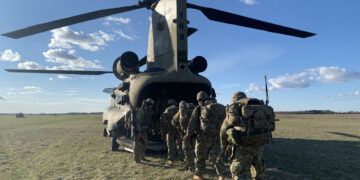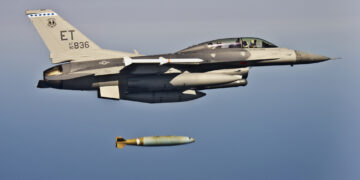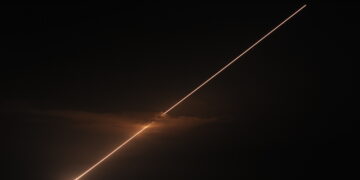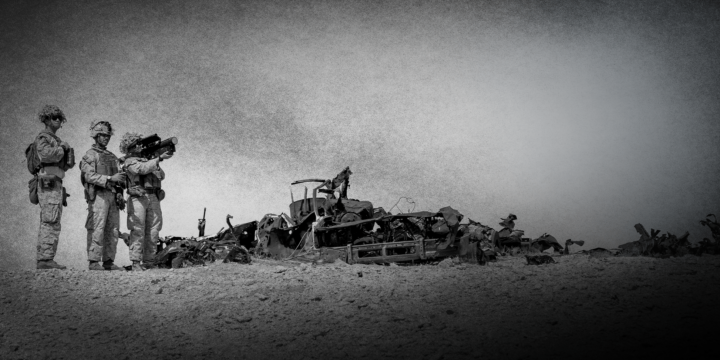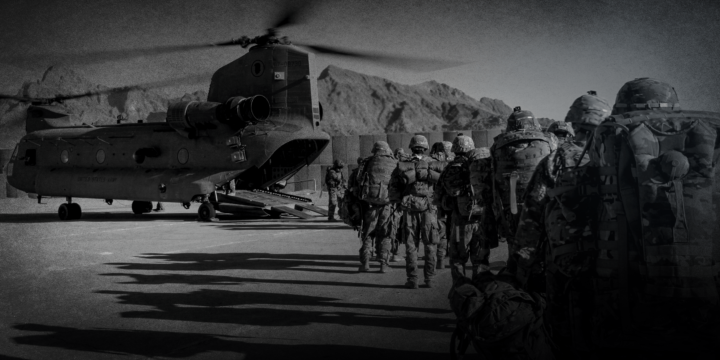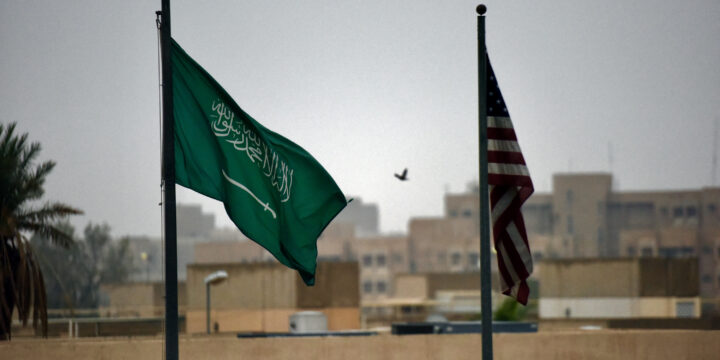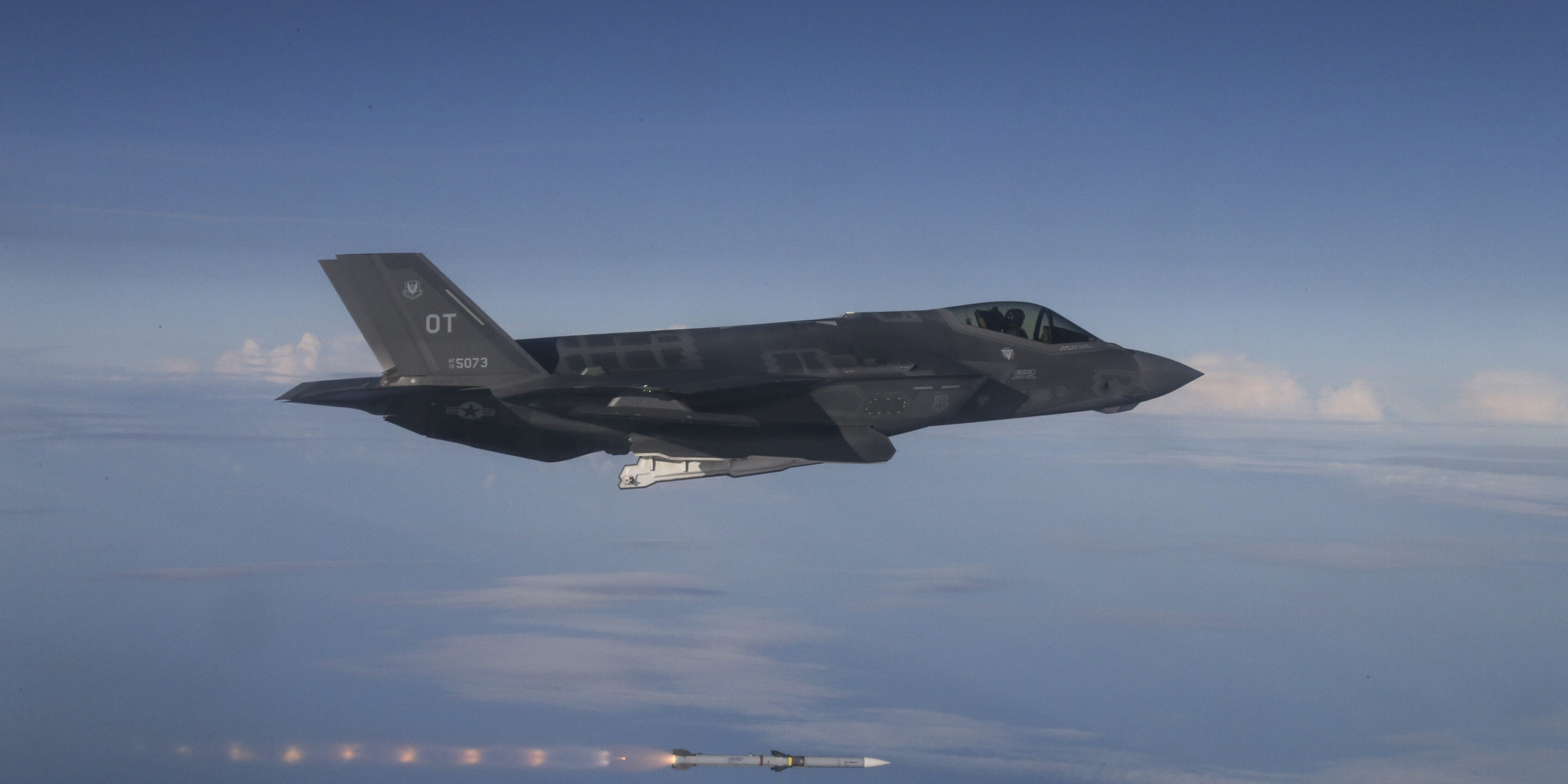
It happened. Despite intense advocacy by voices of restraint inside and outside the administration, President Trump has joined Israel’s conflict with Iran by launching targeted air and cruise-missile strikes on three Iranian nuclear facilities — at Fordow, Natanz, and Isfahan. The move carries immense risks, potentially plunging the United States into yet another costly, dangerous quagmire in a region that is less important to Washington than foreign-policy elites would have you believe. But guided the right way — and with a bit of luck — it is possible to keep this intervention limited.
One key reason we’re here is the perception of Iranian weakness. Since the start of hostilities between Israel and the Islamic Republic, Trump has wavered between diplomacy and the use of force, searching for the best tactic to block Tehran’s path to nuclear weapons. At the same time, ever attuned to optics, the President prefers to align with winners. And in the immediate aftermath of Israel’s initial military operations — marked by the killing of senior commanders and nuclear scientists, and a highly modulated Iranian retaliation — Israeli dominance and Tehran’s vulnerability became the prevailing narrative in the West.
Often, our first impressions of a conflict go a long way to determine how we approach it over time. For instance, despite Israeli strikes on Iranian missile launchers, Tehran’s offensive military capabilities have remained intact. Over the past week, Iran has struck key strategic targets in Haifa and Tel Aviv using fewer missiles with better (and improving) accuracy. Yet Iran’s tactical focus — coupled with its proportional, calibrated response — actually encouraged public perceptions of Iranian weakness. And in such moments, when the fog of war thickens and facts are murky, perception often becomes reality.
More on Middle East
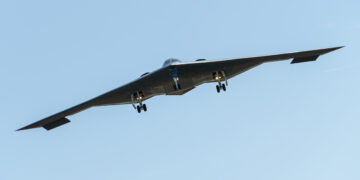
By Rosemary Kelanic and Jennifer Kavanagh
June 21, 2025

Featuring Rosemary Kelanic
June 21, 2025

Featuring Rosemary Kelanic
June 21, 2025

